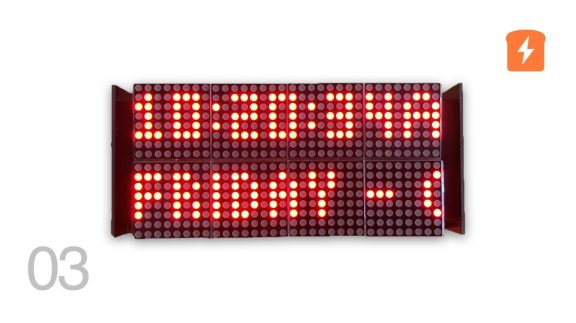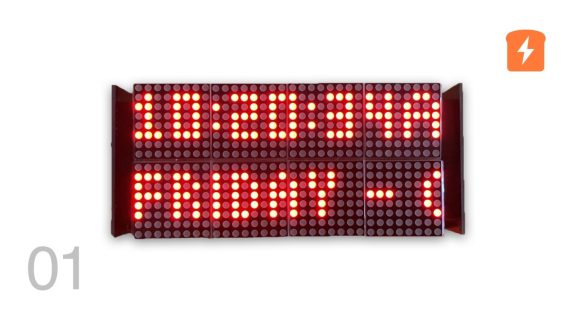As electrical engineers or aspiring electrical engineers, we often have projects, either personal or professional, that take us outside of our area of expertise. Working with new parts, new technologies, and new concepts in general is just the way of life for electrical engineers. However, that doesn’t mean that we need to do every project from the ground up, and particularly when there is a lot of money on the line, or a pressing timeline, we can sometimes be desperate for a little more help in the design process. We’d like to discuss some of the resources available to all engineers in their quest to create the newest, greatest thing.
Datasheets

Datasheets are like a detailed map of a part - it would be extremely difficult to use any non-passive part without at least a cursory review of the datasheet. Just like with a map, it doesn’t necessarily point out the direction you need and it often has much more information than you require. That being said, a good datasheet will give a high-level overview of what the part does, pinouts, normal operating inputs and output levels, normal performance benchmarks, and nearly every conceivable electrical, environmental, and mechanical minimum and maximum parameters. For simpler parts, a datasheet may be the only thing you will ever need to successfully use the components.
Application Notes

For more complicated scenarios, or even just for the manufacturer recommended circuits and layouts, many manufacturers provide application notes. While the style and content of application notes vary from manufacturer to manufacturer, they generally provide a higher-level overview of how the component fits into the overall system while also providing specific examples and recommendations of best practices. This can include sample code, PCB layout recommendations, how to best integrate the components, etc.
Example Projects

At times, manufacturers will create an entire project based around their product. More thorough than an application note, these example projects will contain schematics, PCB layouts, all code, and sometimes even enclosure and interface designs. Example projects like these are uncommon due to the time and expense required to create them and, while thoroughly reviewed and tested, should not be depended on to guarantee required performance. Similar to this, if the component or platform is popular enough, 3rd parties may have used the part in a project and thoroughly documented it. These examples are excellent methods of inspiring ideas, suggesting solutions, and speeding up the design process but, again, need to have all aspects independently verified for the project’s particular requirements.
Public Forums

If the previous resources don’t yield all the answers needed, there are many public forums available on the internet where experienced engineers share their experiences and are willing to help. This help is very useful as they respond to your specific question. There are a few drawbacks - you can’t share protected intellectual property on any forum without legal ramifications, the questions need to be more focused to receive useful help, and there is no verification that the ideas shared are actually any good. That being said, it can also be an excellent way to overcome a roadblock by talking about it with someone and either receiving inspiration or working it out yourself. Sites such as Stack Exchange, Quora, and even our still-growing CircuitBread Discord channel are just a few of the many sites available to ask questions.
Manufacturer Technical Support

Most manufacturers offer direct technical support and some, typically the larger ones, even offer forums or other community-led help platforms. The forums may have support directly from manufacturer representatives but often they’re very similar to public forums but with a much narrower focus. There are technical support or applications engineers at many companies who will provide direct help in creating a project or overcoming problems and can bring in a great deal of experience. However, they will see this help as an investment and, if your project will not eventually lead to buying thousands or millions of their components, they most likely won’t be willing to provide that direct support.
The internet has provided a plethora of resources to help us learn and grow to become better engineers. While no one resource is perfect, the combination of resources can provide the design help that will make a project go much faster and painlessly than trying to do everything on your own.












